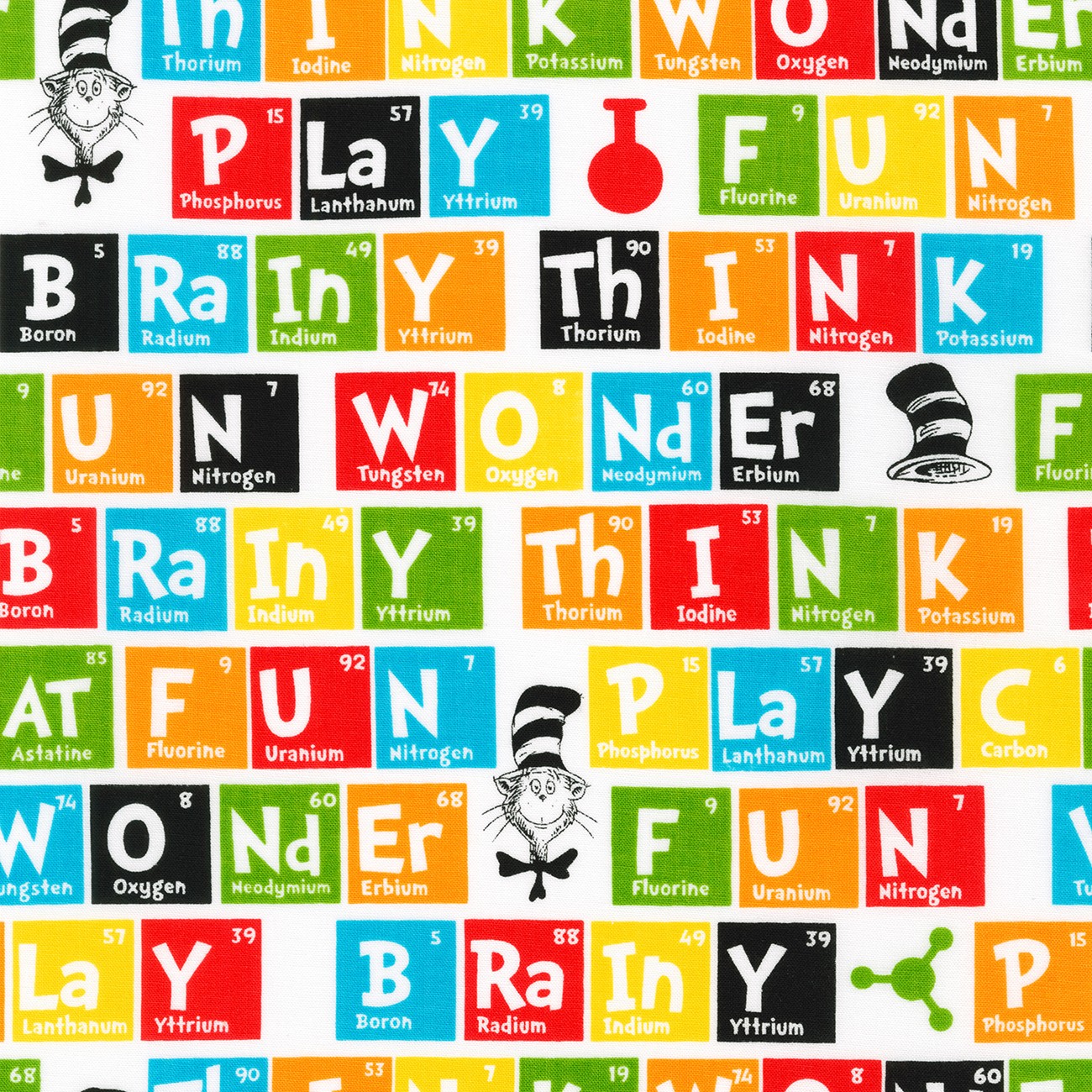Dr Seuss Science
Have you ever wondered if science could be fun and engaging? Look no further than Dr. Seuss science! The mix of whimsical characters and educational lessons makes for an enjoyable and unforgettable learning experience.
Dr. Seuss science can help students overcome common science learning barriers like disinterest or difficulty connecting concepts. The illustrations and storylines make lessons more relatable and easier to visualize. Additionally, the goofy nature of Dr. Seuss characters can help to make the learning process more fun and memorable.
The target of Dr. Seuss science is to make science enjoyable for everyone, regardless of learning level or background. It aims to make science more palatable and accessible, presenting it in a fun and interactive way. Through activities like book-inspired science experiments, Seuss science aims to make learning a joyous experience.
Dr. Seuss science can utilize a multitude of science topics, including biology, physics, and chemistry. By incorporating Seuss characters and storylines into experiments, education becomes a form of entertainment, engaging students on both an emotional and intellectual level. By making science more fun, Dr. Seuss science is able to help students unearth their inner scientist.
Exploring Dr. Seuss Science through a personal experience
As a child, I often found science to be a tedious subject. However, when introduced to Dr. Seuss science, I was amazed at how science concepts were so easily understood through whimsical storylines and characters. A personal favorite of mine is the \"Fish\" science experiment inspired by the book \"One Fish, Two Fish, Red Fish, Blue Fish.\" The experiment involves creating an ocean diorama with blue water and colorful fish, teaching students about buoyancy and water density in an entertaining way.
Another memorable Dr. Seuss science experiment is the \"Oobleck\" experiment, inspired by the book \"Bartholomew and the Oobleck.\" This experiment involves creating a non-Newtonian fluid that is both a solid and a liquid, demonstrating the importance of scientific observation and experimentation.
The Benefits of Dr. Seuss Science
One of the major benefits of Dr. Seuss science is the ability to ignite an interest in science subjects in reluctant students. By presenting science in a fun and stimulating way, students may be more likely to retain information and have a deeper understanding of the topics at hand. Additionally, incorporating Dr. Seuss science into lessons may assist in developing critical thinking skills and can inspire creativity.
Examples of Dr. Seuss Science Lessons
Here are some examples of popular Dr. Seuss science lessons:
- Make atmospheric pressure relatable by creating a story involving the Zizzer-Zazzer-Zuzz and the Sneetches.
- Studying the science of colors through \"Green Eggs and Ham.\"
- Learning about botanical science by growing Lima beans just like in \"Jack and the Beanstalk.\"
- Exploring sound with the \"Sneetches\" and "Dr Seuss's ABCs"through the use of musical instruments.
Utilizing Dr. Seuss Science Lessons in the Classroom
Introducing Dr. Seuss science lessons into the classroom is quite simple. Teachers can find many science experiments inspired by Dr. Seuss books, or they can use the storylines as a jumping-off point for creating their own experiments. By making science an engaging and fun activity, Dr. Seuss science can inspire a love of learning for years to come.
Question and Answer
Q: What are some basic science concepts covered in Dr. Seuss Science lessons?
A: Dr. Seuss Science lessons can cover a wide range of topics, from basic life and physical sciences to more advanced concepts like botany and geology. Examples include the science of color, atmospheric pressure, and plant growth.
Q: Is Dr. Seuss Science only for young children?
A: No, Dr. Seuss Science can be used for students of all ages. Teachers and parents can modify experiments and lessons to adapt to different age groups and skill levels.
Q: Can Dr. Seuss Science be used to help struggling science students?
A: Yes, one of the benefits of Dr. Seuss Science is that it can engage and inspire struggling science students to learn by presenting difficult concepts in a fun and accessible way.
Q: Are there any online resources for Dr. Seuss Science lessons?
A: Yes, there are many online resources for Dr. Seuss Science lessons. Educational websites, such as Scholastic and TeachingBooks.net, offer lesson plans and activities based on Dr. Seuss books.
Conclusion of Dr. Seuss Science
Dr. Seuss Science is a great way to make science education more accessible and enjoyable for students of all ages and abilities. Utilizing whimsical Seuss characters and storylines, it has the ability to spark an interest in science that can last a lifetime. By making science fun and interactive, Dr. Seuss Science lessons can help to create a new generation of young scientists.
Gallery
Dr. Seuss Science Activities: Book-Inspired Science Experiments

Photo Credit by: bing.com / seuss activities experiments
Inspired-by-Dr. Seuss Preschool "Fish" Science Experiment | Preschool

Photo Credit by: bing.com / seuss dr preschool science activities inspired fish experiments experiment two activity preschoolers crafts lesson theme books learning plans ocean blue
Dr Seuss Activities: Preschool Science And Beyond | Dr Seuss Activities

Photo Credit by: bing.com / seuss preschool suess littlebinsforlittlehands
1000+ Images About Seuss Science On Pinterest | Birthdays, Dr. Seuss

Photo Credit by: bing.com / body inside human outside science seuss dr books activities rabe
Multi Dr. Seuss Science

Photo Credit by: bing.com /